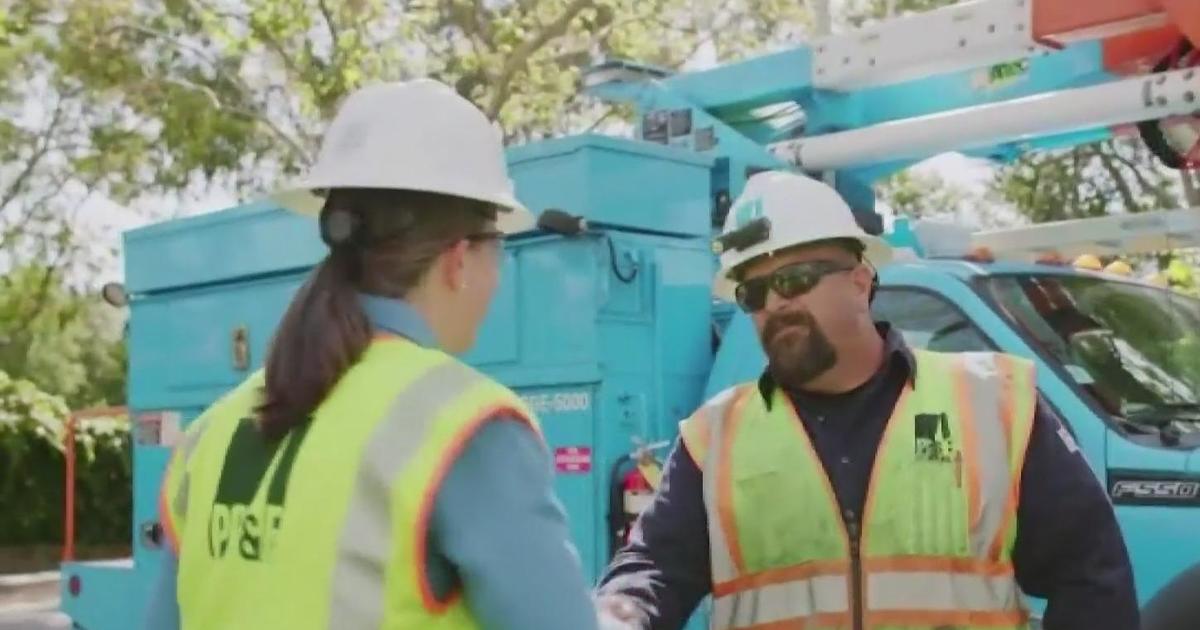Navy: Glitch Led To SEALS' Combat Weapons Shortage
WASHINGTON (AP) - A Republican lawmaker said Monday he's been assured the Navy has resolved a procedural glitch that caused combat rifles used by SEAL teams based in San Diego to be taken from them unnecessarily.
But California Rep. Duncan Hunter, a member of the House Armed Services Committee, said he still intends to conduct more oversight of how the SEALs and other U.S. special operations forces are trained and equipped.
"Good," Hunter said of the fix. "The problem is that SEALs should not have had to go to their congressman to get a process issue corrected."
Hunter, a former Marine who served three combat tours in Iraq and Afghanistan, said he spoke late last week with Rear Adm. Brian Losey, the top officer at the Naval Special Warfare Command in San Diego. Hunter said he is satisfied with the steps taken by Losey.
Their conversation was sparked a few weeks earlier when SEALs privately alerted the congressman of a potential weapons shortage within the elite warfighting units.
After SEALs return from a deployment, their rifles were being given to other commandos who are shipping out, Hunter said he was told. This weapons carousel of sorts undercut the "train like you fight" ethos of the U.S. special operations forces, they said.
Sharing rifles isn't trivial. The assault weapons, which are outfitted with telescopic targeting sights and laser pointers, are fine-tuned to individual specifications and become intensely personal pieces of gear. SEALs also use 9 millimeter combat pistols.
Hunter wrote to Losey on Feb. 17, telling him the situation was unacceptable.
The two spoke by telephone Friday. Prior to that, Losey sent the congressman a three-page letter on March 8 that outlined in broad strokes the procedures for outfitting the SEALs. Cmdr. Jason Salata, a Naval Special Warfare Command spokesman, declined to comment beyond the letter.
Hunter said what Losey described during their call wasn't a weapons shortage but a "break in the system" that affected only the SEAL teams assigned to Naval Special Warfare Group One in San Diego. Weapons that service members had used in training and planned to go into combat with were effectively being impounded for cosmetic flaws and other minor issues, according to Hunter.
Essentially, a by-the-book approach was trumping common sense. "That does not meet commander's intent," Hunter said. "Commander's intent is, 'Who cares if there is a scratch on the butt stock.' We're not talking about the action, or the bolt or the barrel."
In his March 8 letter to Hunter, Losey said he understands that most SEALs want to keep the same weapons for their entire tours of duty. But safety, maintenance and accountability requirements don't always allow that to happen. Heavily used weapons may have to be repaired, Losey wrote, and putting off necessary maintenance may "reduce accuracy, reliability, and could result in catastrophic accidents."
SEALs typically get their weapons back four to six weeks after what Losey described as a "post-deployment turn-in."
"Where possible, returning (SEAL) Team members receive their equipment back from the prior deployment," Losey wrote.
Copyright 2016 The Associated Press.



